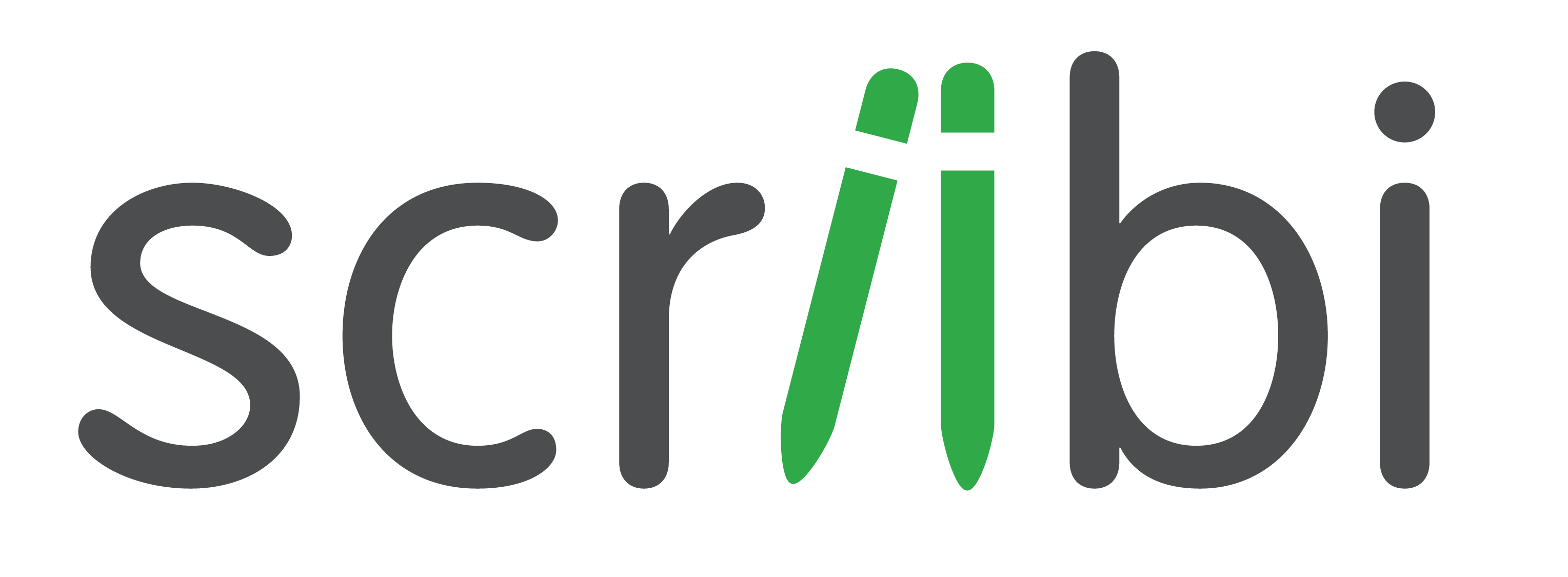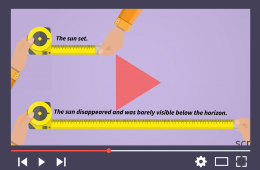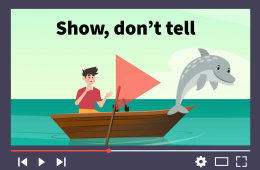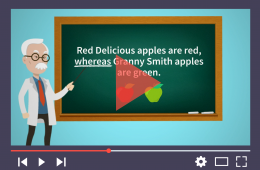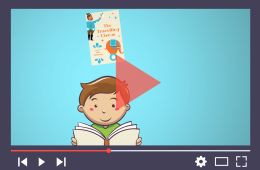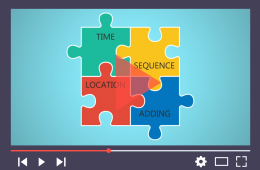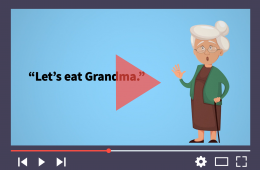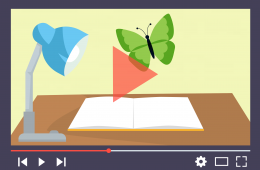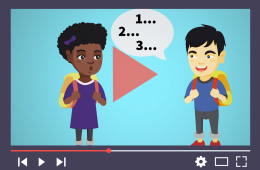Endings for Creative Texts - Video Lesson (L3-6)
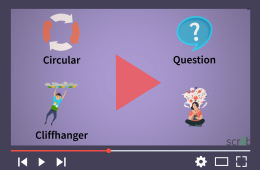
Endings are very important and should never be rushed because it’s the last thing your readers will remember - so you need to make them memorable and impactful! In this lesson, you will learn four very different and strong ways to end a creative text, that will leave your readers thinking about your story, well after they’ve put it down.
